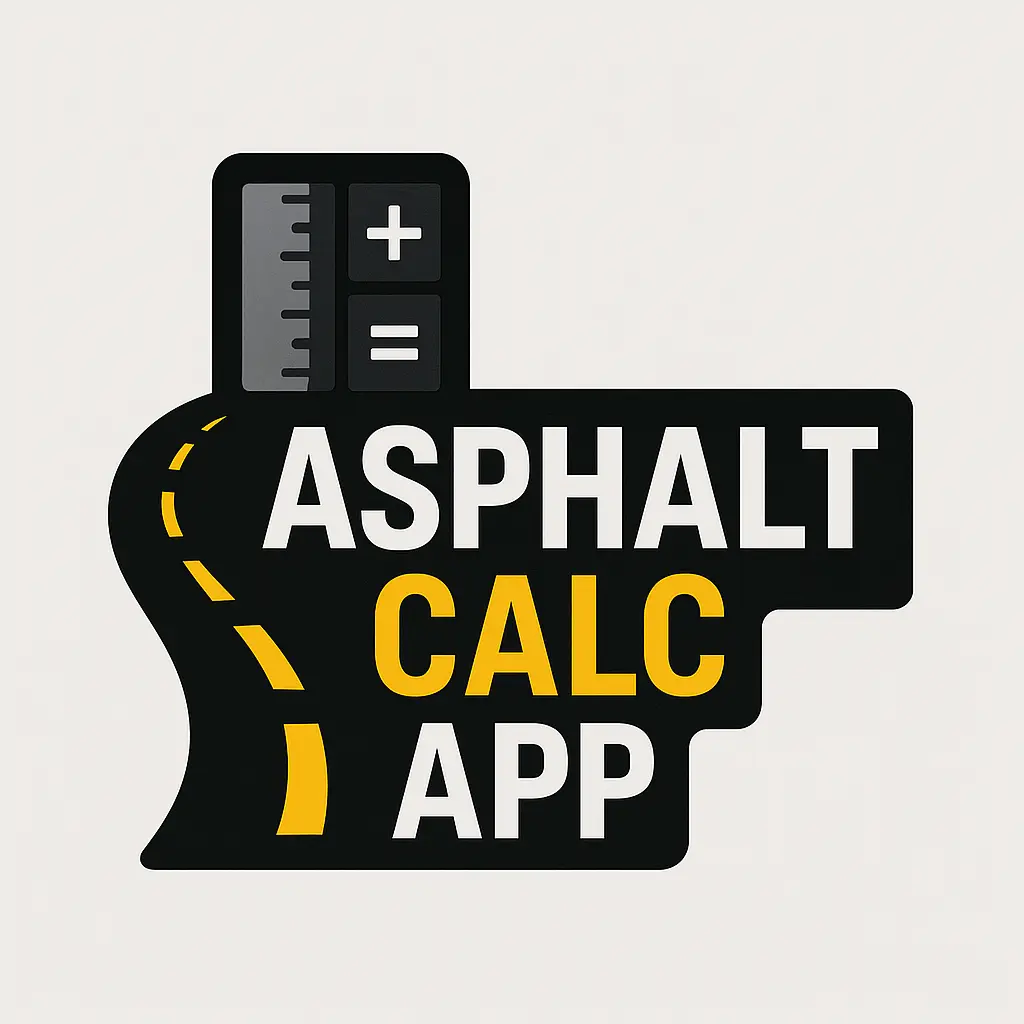How to Calculate Asphalt Tonnage for Your Project is essential knowledge if you want to save time, reduce costs, and plan effectively. Knowing exactly how much asphalt your project needs makes planning considerably simpler. If you guess or omit exact measurements, you risk wasting resources or putting off work.
Miscalculations can result in material shortages or costly excess, both of which can disrupt your project timeline and budget. Running a smooth project means using a clear, systematic method to determine asphalt amounts accurately. This book provides you with detailed guidelines to ensure that your estimations are accurate each and every time.
Understanding the Basics of Asphalt Tonnage Calculation
What Is Asphalt Tonnage?
Asphalt tonnage tells you how heavy the asphalt material is in tons. Asphalt is frequently measured by weight in construction projects because it facilitates delivery and financial planning. Usually, asphalt is measured in tons or cubic yards, with tons being common for large projects. Knowing the weight helps contractors decide what equipment and resources are needed.
Why Accurate Calculation Matters
Overestimating costs money because you’ll buy more asphalt than needed. Underestimating can cause delays if you run out in the middle of paving. Getting the right amount ensures your project stays on schedule and within budget. Precise computations also aid in preventing issues with waste and surplus material disposal.
Key Factors Influencing Asphalt Volume
-
Thickness of the asphalt layer
-
Surface area you’re paving
-
Type of asphalt mix used
Understanding these factors makes your calculations reliable and tailored to your project.
Step-by-Step Process to Calculate Asphalt Tonnage
1. Measuring the Project Area
Start with measuring the surface area precisely. Use tools like laser scanners or GPS devices for better accuracy. For example, to calculate a parking lot, measure the length and width carefully. Multiply these measurements to find the total surface area in square feet or meters.
2. Determining the Asphalt Thickness
Next, determine the ideal thickness for the asphalt layer. Residential driveways usually need 2-3 inches, while heavy-duty highways may require 4-6 inches. Consult engineers or geotechnical experts for complex projects.
3. Calculating the Volume of Asphalt Needed
Use this formula:
Volume = Surface Area × Thickness
Example:
Surface area = 10,000 sq ft
Thickness = 3 inches = 0.25 ft
Volume = 10,000 × 0.25 = 2,500 cubic feet
4. Converting Volume to Tonnage
-
1 cubic yard = 27 cubic feet
-
Asphalt density ≈ 2,400 lbs/cubic yard
Example:
2,500 cu ft ÷ 27 = 92.6 cubic yards
92.6 × 2,400 = 222,240 lbs
222,240 ÷ 2,000 = 111.1 tons
So, you’ll need approximately 111 tons of asphalt.
5. Accounting for Waste and Compaction
Always add 5–10% extra to account for waste.
111 tons + 10% = 122 tons total required
Tools and Resources for Accurate Tonnage Estimation
-
Estimation Software: Use tools like CAD or GIS for accurate measurements
-
Industry Guidelines: Follow ASTM or AASHTO standards
-
Supplier Collaboration: Confirm mix density and specs with your supplier
Practical Tips and Best Practices
-
Survey the site with drones or mapping tools
-
Keep records of all calculations
-
Adjust future estimates based on real use
-
Use online calculators to simplify the process
Real-World Examples
-
A highway project used detailed calculations to order 1,200 tons—zero waste.
-
A campus project avoided overordering, saving thousands.
-
Inaccurate estimates in another case caused costly delays and reorders.
Conclusion
Calculating asphalt tonnage accurately helps you save money, avoid delays, and complete your project smoothly. Measure the area, decide the right thickness, convert to volume, and then calculate the tons. Don’t forget to factor in waste. Using software, expert advice, and good records will give you the best results. Take time to do it right—it’s worth it.
Frequently Asked Questions (FAQs)
1. How do I calculate how much asphalt I need?
To calculate asphalt tonnage, measure the surface area (length × width), determine the asphalt thickness in feet, multiply to find the volume in cubic feet, convert to cubic yards, and then multiply by the weight of one cubic yard of asphalt. Remember to factor in 5–10% for compaction and trash.
2. What is the formula for asphalt tonnage?
The basic formula is:
Tonnage = (Area × Thickness × Density Factor) ÷ 2,000
Where:
-
Area is in square feet
-
Thickness is in feet
-
Density Factor is typically 145 lbs/ft³ for hot mix asphalt
-
Divide by 2,000 to convert pounds to tons
3. What is covered by one ton of asphalt?
One ton of hot mix asphalt typically covers about 80 square feet at 2 inches thick. However, coverage varies based on thickness and compaction.
4. How thick should asphalt be for a driveway?
For a residential driveway, 2 to 3 inches of compacted asphalt is usually sufficient.4 inches or more can be needed for commercial use or heavy cars.
5. How much asphalt does a cubic yard typically weigh?
Hot mix asphalt weighs approximately 2,400 pounds per cubic yard or 145 pounds per cubic foot, though this can vary based on the mix type.
6. Should I order extra asphalt for my project?
Yes. It’s recommended to order 5–10% extra to account for waste during transportation, installation, and compaction shrinkage.
7. Can I use an asphalt calculator online?
Yes, there are many reliable asphalt tonnage calculators available online. They allow you to input area, thickness, and density to get a quick estimate.

